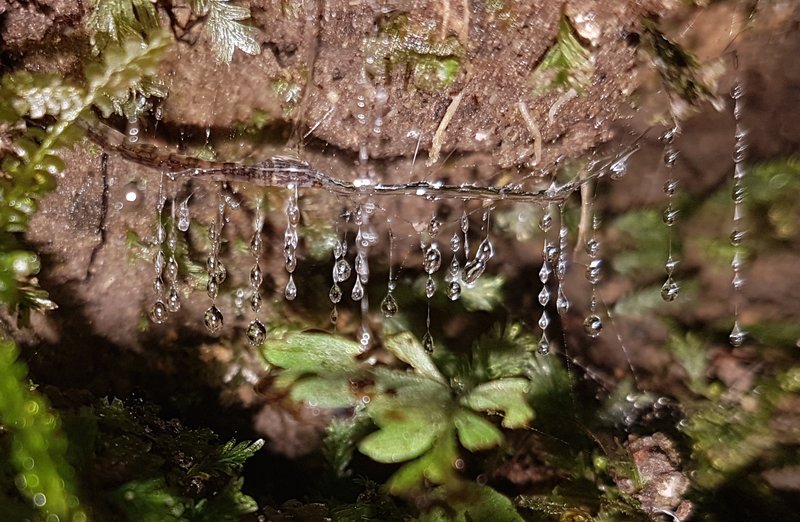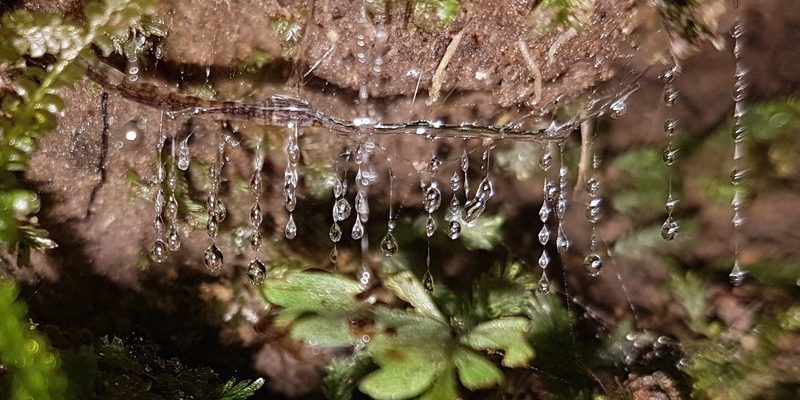
Citizen science projects invite anyone with a passion for nature to get involved. You don’t need a Ph.D. or tons of experience; all you need is curiosity and a willingness to learn. Think of it like being part of a team where everyone contributes a little bit to make a big difference. Whether you’re a nature lover or someone who just wants to do something good, recording glow worms is a fantastic way to engage with your environment while helping scientific research.
What Are Glow Worms and Why Are They Important?
First things first: what exactly are glow worms? These fascinating creatures aren’t actually worms at all. They’re the larvae of beetles from the Lampyridae family, and they emit light through a process called bioluminescence. The light serves a purpose: it attracts prey, usually unsuspecting insects, which then become the glow worm’s dinner.
Understanding glow worms is important for various reasons. Firstly, they indicate the health of their environment. Since these creatures thrive in clean, moist habitats, their presence can signal a healthy ecosystem. Monitoring their population can thus help researchers understand broader environmental changes, like pollution or habitat loss. Additionally, studying them can shed light on other species within the same habitat, contributing to biodiversity research.
So, here’s the thing: documenting glow worms can help scientists build a clearer picture of environmental health. By gathering data, we can contribute to conservation efforts, ensuring these enchanting beings continue to light up our night skies for generations to come.
How to Participate in Citizen Science Projects
Getting involved in citizen science projects focusing on glow worms is relatively simple. You don’t need to be a scientist; just have a passion for nature and a willingness to learn. Start by finding a reputable citizen science platform that focuses on glow worms. There are many websites and organizations dedicated to this, making it easy for you to find a project in your area.
Once you’ve signed up for a project, you’ll likely receive guidelines on what to observe and how to collect data. This can include noting the time and place of your observations, as well as how many glow worms you spot. Think of it like being a detective in nature—the more detailed your notes, the more useful your data will be!
Don’t worry if you’re not sure where to start. Many projects provide training sessions or resources to help you understand what you’re looking for. It’s all about community and collaboration, so feel free to ask questions and share experiences with fellow citizen scientists.
Tools You’ll Need
To document glow worms effectively, you’ll need a few tools. Here’s a simple list to get you started:
- Flashlight: It may seem counterintuitive, but a dim flashlight helps you see glow worms without disturbing them too much. Look for one with a red filter; it won’t scare them away.
- Notebook or digital device: Record your observations, like the number of glow worms, their behavior, and the time of night. You can use a simple notebook or a note-taking app on your phone.
- Camera: If you want to capture the beauty of glow worms, a camera with night mode can work wonders. Just be sure to keep your distance so you don’t interfere with their natural behaviors.
- Identification guide: It can be helpful to have a field guide or app that helps you identify different species of glow worms and their habitats.
These tools will enhance your experience and help you collect valuable data for your project. Remember—being prepared can make your glow worm adventures even more enjoyable!
Best Practices for Observing Glow Worms
When you set out to observe glow worms, it’s essential to follow some best practices. First, always approach your observation site quietly. Glow worms can be sensitive to noise and bright lights, so it’s best to keep things calm and peaceful. Imagine you’re sneaking up on a deer in the woods; the quieter you are, the more likely you are to see them.
Timing is crucial, too. Glow worms are often most active from dusk to late at night. Finding a spot that’s known for its glow worm population can increase your chances of a successful observation. It’s like going to a concert—you want to be in the right place at the right time to enjoy the show!
You should also respect their habitat. Avoid trampling through vegetation or disturbing the surrounding area. Think of yourself as a guest in their home. By being mindful, you’re helping protect these incredible creatures and contribute positively to their ecosystem.
Common Challenges and How to Overcome Them
Even the most dedicated glow worm enthusiast may run into challenges while documenting these creatures. One common issue is visibility. Some nights, glow worms may not be as bright due to weather conditions or seasonal changes. If you find yourself in this situation, try returning on a different night.
Another challenge might be attracting the attention of fellow observers or managing your expectations. Sometimes, you might expect to see dozens of glow worms but only encounter a handful. That’s perfectly fine! Each observation still provides valuable data and contributes to understanding their behaviors better.
Don’t hesitate to reach out to your fellow citizen scientists for tips on improving your observations. They might have encountered similar challenges and can offer useful advice. Remember, the journey of collecting data is all part of the experience!
The Impact of Your Contributions
When you participate in documenting glow worms, your contributions matter more than you might realize. Each observation adds up to a larger database that scientists use to analyze trends over time. This data can influence conservation strategies and policy decisions aimed at protecting glow worms and their habitats.
Think of it this way: your small efforts can create ripples of change. By collectively documenting glow worms, you’re helping preserve their enchanting glow for future generations. Participating in citizen science connects you not just to nature, but also to a community of like-minded individuals who want to make a difference.
Engaging in these projects isn’t just about the glow worms; it’s an opportunity to reconnect with nature. You’re part of something bigger, contributing vital information that may one day help protect these mesmerizing creatures.
Closing Thoughts
Documenting glow worms for citizen science projects is a rewarding way to connect with nature and contribute to important scientific research. You don’t need a fancy degree or special training—just a little curiosity and a willingness to learn! As you venture into the night, guided by the soft glimmer of glow worms, you’ll not only be enhancing your knowledge but also making a real impact on our understanding of these magical creatures.
So grab your flashlight, notebook, and enthusiasm, and let’s go explore! The glow worms are waiting, and who knows? You might just uncover something truly special along the way.

